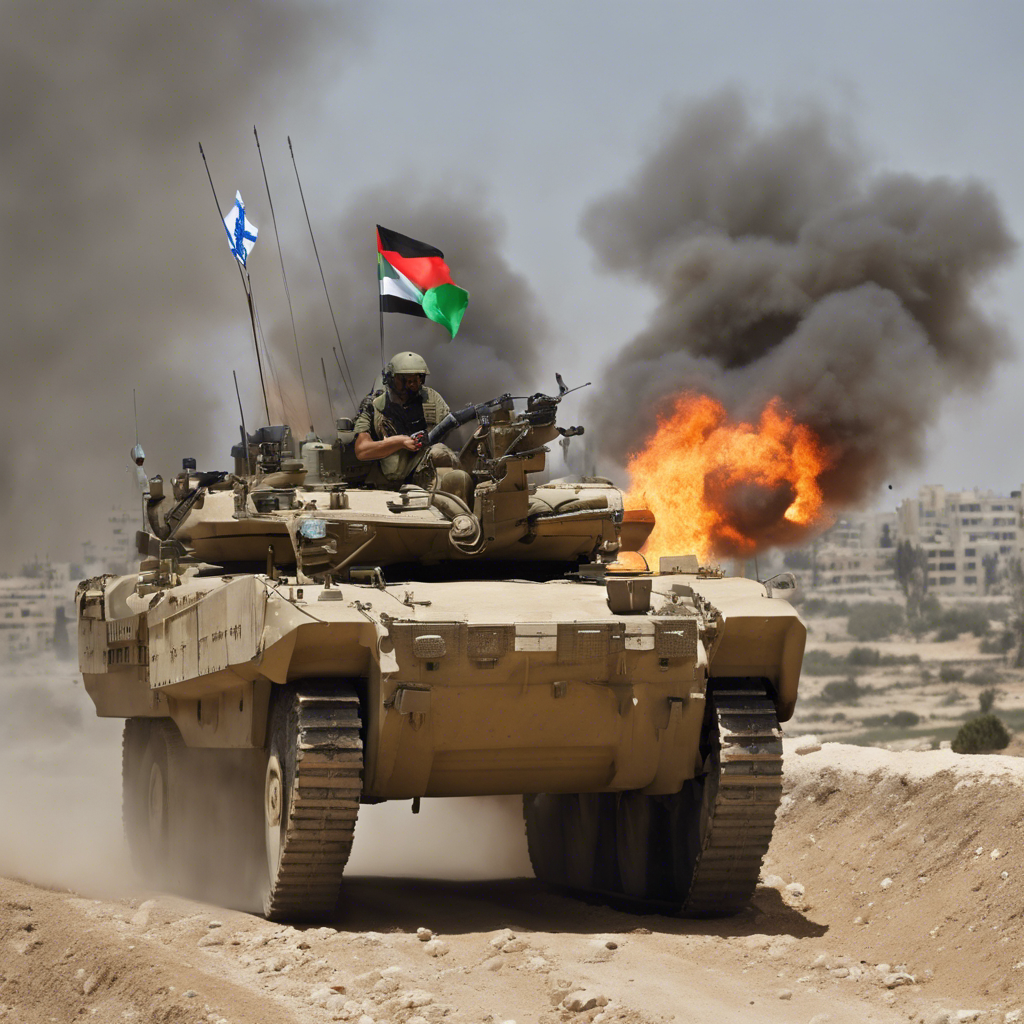Israel Shifts Tactics in Gaza Conflict, Signals Troop Reduction

Israel announces plans to cut back on troop numbers and shift to a new phase in the Gaza conflict, while fighting continues in the Palestinian enclave.
Israel has withdrawn tanks from some districts in Gaza City and revealed plans to change tactics and reduce troop numbers, signaling a new phase in the ongoing conflict with the militant Hamas group. Despite this shift, intense fighting and bombardment persist in other areas of the Palestinian enclave. The war in Gaza has resulted in widespread destruction, thousands of casualties, and a dire humanitarian crisis for its 2.3 million inhabitants. Israel anticipates that the conflict will continue for several more months but aims to transition to localized “mopping up” operations.
Israel’s New Offensive Phase and Troop Reduction
Israel’s military has announced its intention to draw down forces inside Gaza this month and enter a phase of more localized operations. This shift in tactics suggests a lower intensity of operations in the northern part of the enclave. The decision to reduce troop numbers aims to allow some reservists to return to civilian life, bolstering Israel’s war-ravaged economy. Additionally, it would free up units in the event of a potential broader conflict in the north, particularly with Lebanon’s Iran-backed Hezbollah.
Escalation on the Lebanese Border
The conflict in Gaza has not deterred tensions on the Lebanese border, where artillery fire has occurred between Israel and Hezbollah. On Monday, Israel conducted an airstrike, targeting houses in the Lebanese village of Kafr Kila near the border. Three individuals were killed in the attack, initially identified as rescuers but later confirmed by Hezbollah to be fighters. The Israeli official emphasized that the situation on the Lebanese border would not be allowed to continue, considering the next six months a critical period.
Risks of Regional Escalation
Any escalation in the ongoing conflict carries the potential for a wider regional war. Tehran-backed fighters in Yemen have already targeted Red Sea shipping, prompting a military response from the United States. Furthermore, Iranian media reported the presence of an Iranian warship in the waterway. These developments highlight the interconnected nature of conflicts in the region and the potential for further escalation beyond Gaza.
Conclusion:
Israel’s decision to shift tactics and reduce troop numbers in the Gaza conflict marks a new phase in the ongoing battle with Hamas. As the military focuses on more localized operations, the hope is to alleviate the strain on Israel’s economy and maintain preparedness for potential conflicts in other areas, such as the Lebanese border. However, the risks of regional escalation remain, with tensions in Yemen and the presence of an Iranian warship adding to the volatile situation. The Gaza conflict continues to exact a heavy toll on both sides, leaving a devastated territory and a humanitarian crisis that requires urgent attention and resolution.

